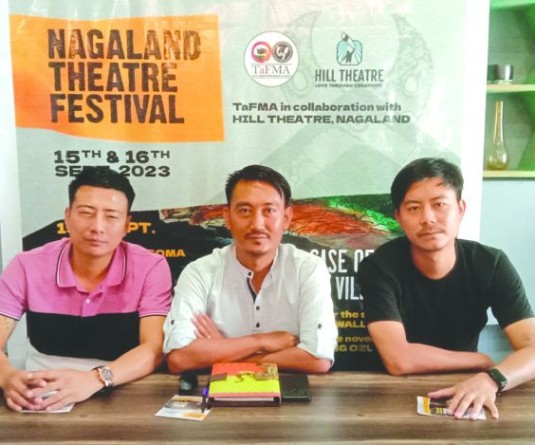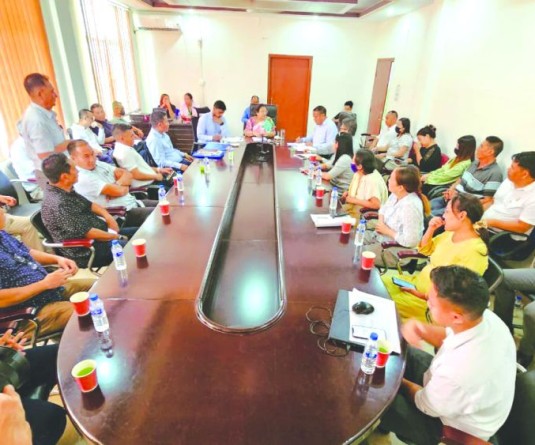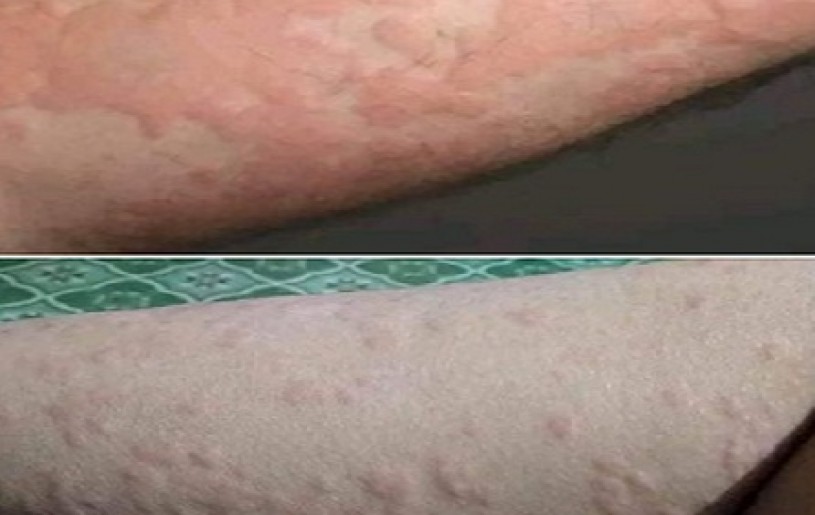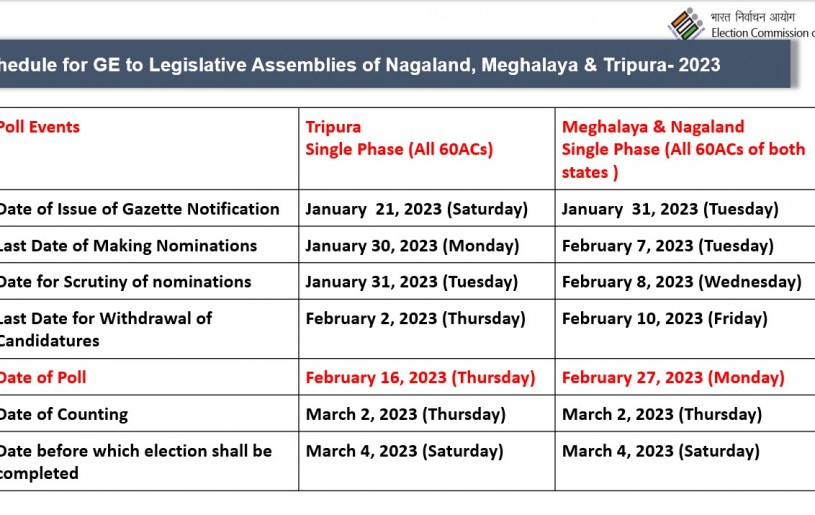Combating Opium addiction in Mon District
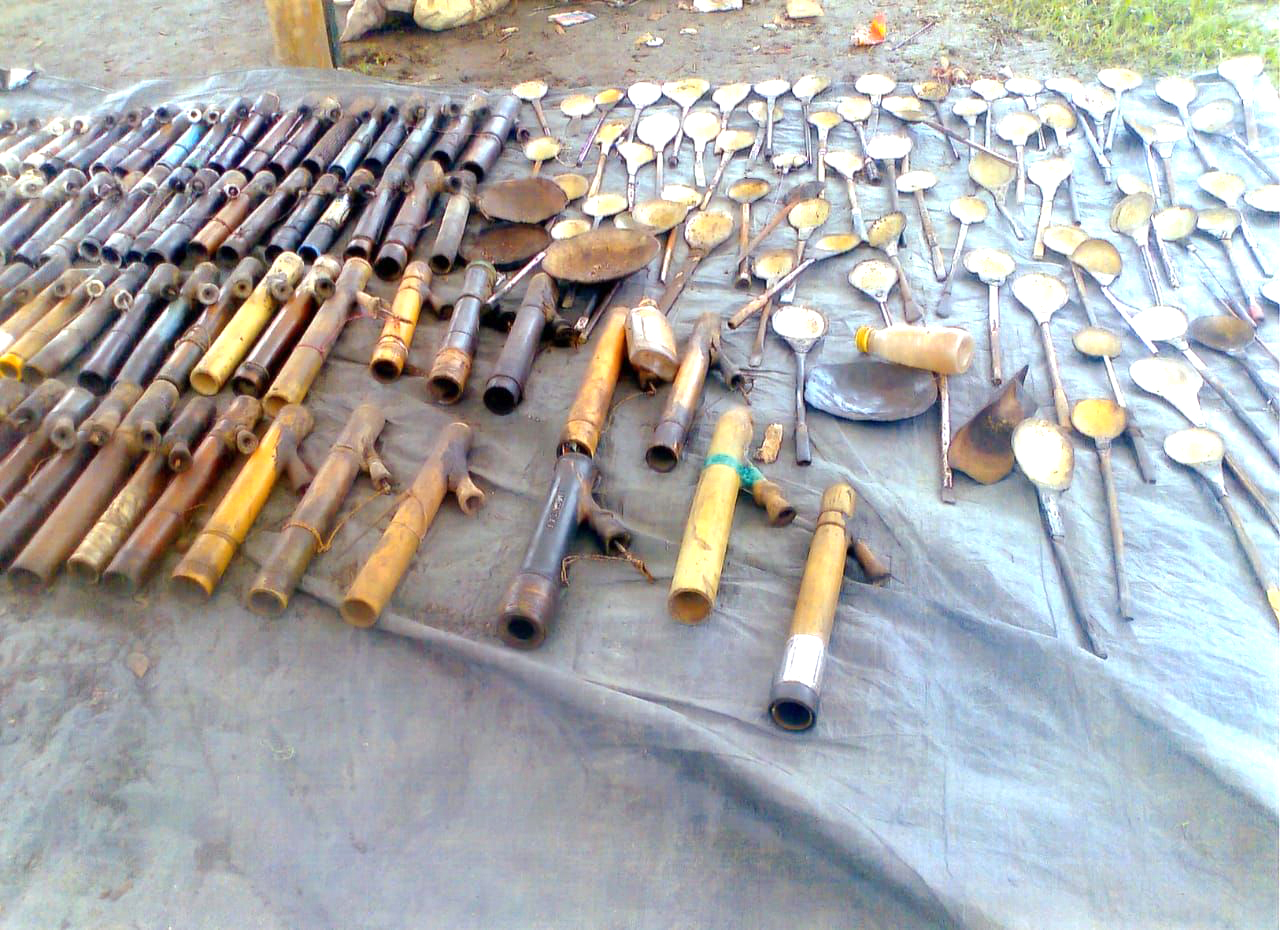
A bunch of confiscated opium smoking pipes. Several initiatives have been conducted in Mon district to curb the use and production of opium in the area.
Dr CH Manwang Konyak
Mon | November 17
Opium addiction has since long plagued Konyak Naga society, and while efforts at rehabilitation and measures to control its sale and use have succeeded to an extent, a lot more remains to be done.
The Konyaks, historically, were known to have used opium as medicine. It was the British that commercialised opium by opening ‘Opium Mahal’ in the present Naginimora area. Further, the opium marketed by the British was more refined and cheaper than the locally produced ‘raw’ opium which was hard to come by. The increased availability eventually led to more users.
The region lies in a part of the world that is known to be the second largest producer of opium. It is easily cultivated and available in villages along the Indo-Myanmar International boundary and therefore flows into the Konyak areas.
Counter measures
Opium addiction has resulted in broken lives and families. As such, steps are being taken by various organisations to tackle this problem. The Tobu area has developed a system with the help of the government in order to try and eradicate this problem by opening detox camps. The Konyak Students’ Union (KSU) and its sub-units have been trying to deal with this problem for a long time by introducing physical punishment and penalty for use and addiction to Opium. However, the problem persists.
It was the Pessao Village Council (Tobu area) that started initiating development of a detox camp by generating funds from its limited resources. From June 2013 to August 2013, a detox camp was opened privately where around 200 addicts were registered and treated in Pessao Village. The council along with the Pessao Students’ Union provided food and lodging, and counselling during the day. The Church has also assisted this initiative in various ways.
This initiative resulted in 10%-20% addicts giving up their addiction and rebuilding their lives. It also served as a stepping stone for such initiatives especially in the Tobu area of Mon District. Later, similar initiatives were taken up in Pessao Changlu village, Pessao Hoangkap village, along with neighbouring areas developing a consciousness towards this problem.
In 2014, nine villages in the Monyakshu Circle of Tobu Sub-division formed the Joint Action Committee Against Opium Addiction (JACAOA). Opium plantation was forbidden and steps were being taken to help the addicts return to a normal life. In 2015, with the support of the Department of Health and Family Welfare and under the guidance of the Nagaland State Aids Control Society (NSACS), the Opioid Substitution Therapy (OST) was launched.
Three OST centres were set up in three villages of the area, viz., Tobu, Monyakshu and Pessao village, where around 300 addicts registered, out of which, 70 addicts have completed their treatment so far. These OST centres are attached to the Primary Health Centres, with the medical staff, students’ union and the village council jointly involved in its implementation. The reports from these OST centres are submitted to the Department of Health and Family Welfare.
They have also set up a Recovery and Livelihood Support Programme by starting piggery farms in the three OST centres. Further, counselling sessions, awareness programmes are conducted in schools to spread the awareness against the use of opium.
New challenges
With these efforts, many addicts have slowly been integrated back to their families and society. Cultivation, use and sale of opium have also been successfully stopped in many villages.
However, the problem of opium addiction is far from being completely eradicated. Smuggling and sale of opium has affected even the Mon District headquarters and even though steps are being taken to control the spread of this menace, there have been development of other problems.
For example, there have been instances where addicts have been sent to OST centres which provide treatment only for drug addicts, and not especially for opium addicts. There have also been cases of opium addicts getting hooked on to drugs provided by the OST centre.
Meanwhile, as Mon battles with an old addiction problem, modern drugs have made an entry. To compound the addiction scenario in the area, there is also the emergence of heroin and brown sugar users among the youth. They are colloquially called ‘sunflower’ users.
Recently, the Mon Town Students’ Union initiated a programme called the Sweep Drive Operation for three months between May and August 2019. The campaign involved a joint effort by the police, Gospel outreach ministry and other societies.
Similarly, steps have also been taken by Wakching Village.
With such programmes, awareness has spread but there still remain challenges to eradicate the spell and menace of drugs in the area.


